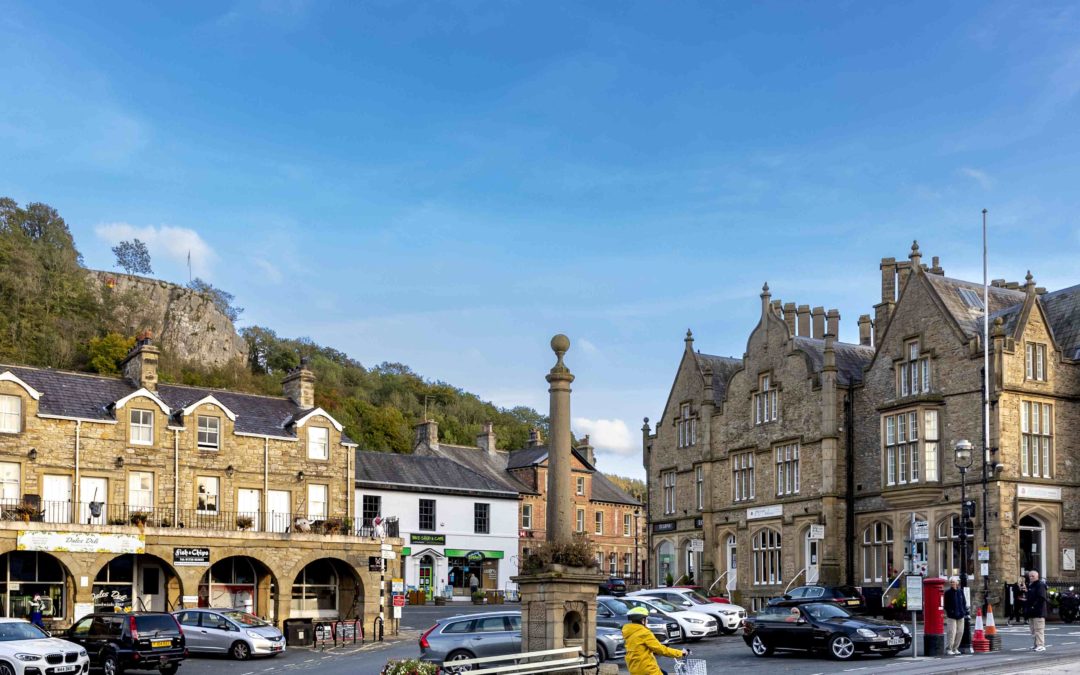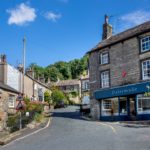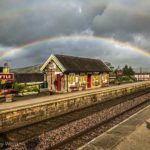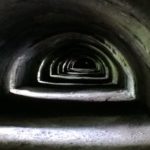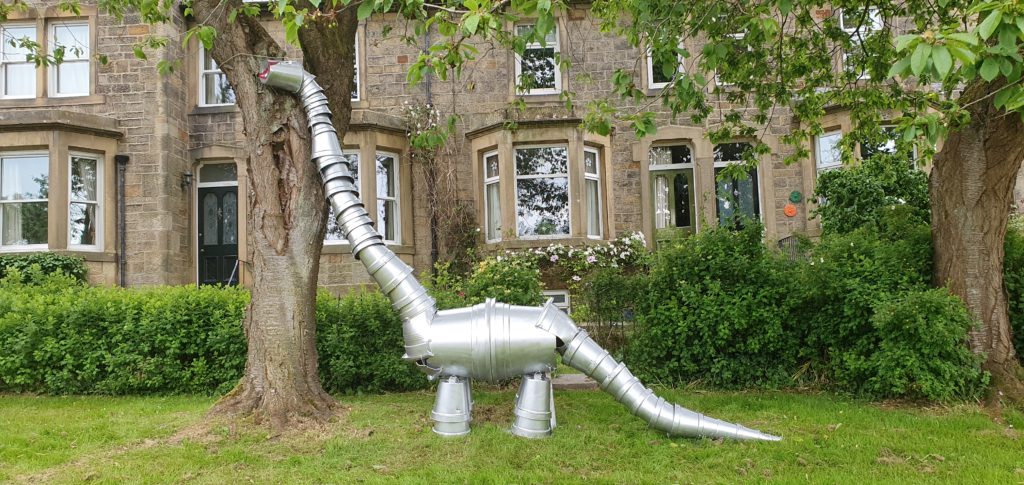While our TV screens have showcased a few Yorkshire dales over the years under the auspices of ‘Herriot country’ and ‘Bronte country’, the northerly dales’ ancient market town of Settle has remained something of a well-kept secret without such commercial literary branding.
Those who seek it out, however, will tell you that Settle is a fantastic base for enjoying the attractions of magnificent surrounding countryside including the Yorkshire Dales National Park, the Lake District National Park and the neighbouring Forest of Bowland National Landscape. It is also, as any local will tell you, a hugely rewarding place to live thanks to a vibrant community spirit.
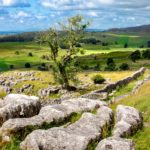
It is a picturesque and unspoilt place with lots to see and do for visitors and a great environment for those lucky enough to live there. At the gateway to Upper Ribblesdale, it remains a hub for the many rural villages and upland farms in the surrounding area, once linked by pack-horse trails and drovers’ roads. These ancient routes survive as scenic footpaths and bridleways to explore across the distinctive limestone landscape.
Immediately overlooking the marketplace is Castleberg, a 206 feet (63 m) limestone crag, while Yorkshire’s modest mountains are a backdrop for the town known as ‘The Three Peaks’. Flat-topped Ingleborough 723m (2372ft), Whernside 736m (2415ft) and Pen-y-ghent 694m (2277ft) pose a “seriously tough” challenge to those who dare to attempt a 12-hour gruelling circuit of all three summits in twelve hours. It’s not for the faint-hearted, yet thousands of pounds have been raised for countless charities by those adventurers willing to tackle the test and affirm it’s worth it for the spectacular views alone. Undertaking them one at a time is an easier option, of course!
For those less equipped for scaling the rough terrain, back down in the town much of Settle is designated as a Conservation Area worth exploring, with many 17th and 18th-century buildings including stone cottages and fine houses around steep lanes and narrow ‘ginnels’. The town boasts an impressive 76 listed buildings, some of which are open to visitors including The Folly (Grade I) which features The Museum of North Craven Life, and the world’s oldest music hall, Victoria Hall (Grade II).
Opened in 1853, this remarkable historic venue survives as an award-winning social enterprise bringing arts and culture to the town. The eclectic programme features live music, cinema, theatre and entertainment supplemented by community events, cafes, classes, markets and more. The calibre of the artists it attracts to this rural setting holds its own against many a city venue.
Downstream, the Ribble powers Settle Hydro which is another example of the local community coming together to pull off a groundbreaking project. In 2009, with scarcely any other forerunners in terms of the technology or the legal and administrative set up for the scheme, a small team of pioneers embarked on a massive learning curve to create a complex renewable energy community project ahead of its time. These entrepreneurs – who had never considered themselves to be ‘green warriors’ – unwittingly became the go-to experts for other water power projects across the globe, with hundreds of visitors tapping into their experience. From Australians, Kenyans, Canadians and representatives from Obama’s administration through to Germans working on wave turbines, the unassuming Settle Hydro with its Archimedes Screw provided inspiration, expertise and a benchmark for development.
Free to enjoy and attracting as many 15,000 visitors over the July – September months, the nature of the festival meant that it was able to go ahead through the COVID pandemic as all the exhibits are outdoors and no one has to touch anything; people could just visit to enjoy the creative fun on display.
Foodies visiting Settle are inevitably drawn to The Courtyard Dairy. Andy and Kathy Swinscoe’s multi award-winning business (currently Cheesemaker of the Year at the World Cheese Awards) champions small artisan cheesemakers from across Europe. Featuring not only a heavenly selection of cheeses to sample and buy, the Dairy is home to a museum telling the history and story of farmhouse cheese and Rind, a restaurant run by London’s cheese, pizza and wine aficionados, The Cheese Bar.
To find out more about the little known secrets of Settle, visit the community run websites https://www.visitsettle.co.uk/ and https://www.settleflowerpotfestival.co.uk/

